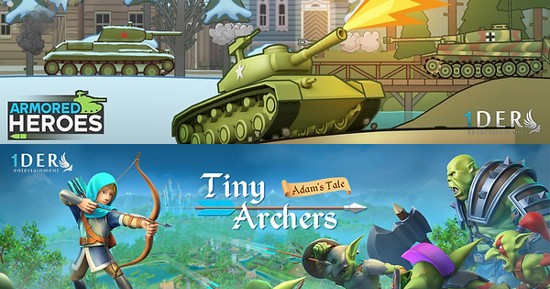Art production for games has come a long way since the early days of the gaming industry. From simple pixelated graphics to stunningly realistic visuals, the evolution of art production in video games has been a fascinating journey.
In the early days of gaming, art production was limited by the technical constraints of the hardware. Games like Pong and Space Invaders featured simple, blocky graphics due to the limitations of the hardware at the time. As technology advanced, developers were able to create more detailed and complex visuals, leading to the birth of iconic games like Super Mario Bros. and The Legend of Zelda.
One of the major breakthroughs in art production for games came with the introduction of 3D graphics. Games like Doom and Quake were among the first to use 3D graphics, allowing for more immersive and realistic gameplay experiences. The shift to 3D graphics revolutionized the gaming industry, enabling developers to create rich, detailed worlds that players could explore and interact with.
As technology continued to advance, art production in games became more sophisticated and elaborate. High-end graphics engines like Unreal Engine and CryEngine allowed developers to create stunningly realistic visuals with lifelike characters and environments. Games like The Witcher 3: Wild Hunt and Horizon Zero Dawn showcased the potential of modern art production in games, with breathtaking visuals that rival those of blockbuster movies.
Art production for games is a multi-faceted process that involves a range of different skills and disciplines. Concept artists create initial sketches and designs for characters, environments, and objects in the game. 3D modelers then take these concepts and turn them into 3D models that can be used in the game. Texture artists add detail and color to these models, while animators bring them to life with realistic movements and behaviors.
In addition to the technical aspects of art production, game developers also have to consider the artistic direction and style of the game. The art style of a game can greatly impact the player’s experience, influencing everything from the mood and atmosphere of the game to the overall gameplay mechanics. Games like Cuphead and Journey are celebrated for their unique art styles, which set them apart from other games in the industry.
The evolution of art production in the gaming industry has also been influenced by advancements in hardware and software technology. The introduction of high-definition displays and powerful graphics cards has enabled developers to create even more detailed and immersive visuals. Virtual reality (VR) technology has opened up new possibilities for art production in games, allowing players to step into incredibly realistic worlds and interact with them in new and innovative ways.
As we look to the future of art production for games, it’s clear that the possibilities are endless. With the continued advancement of technology and the growing demand for immersive gaming experiences, developers are constantly pushing the boundaries of what is possible in terms of art production. Whether it’s creating hyper-realistic worlds or stylized, cartoon-like environments, art production for games will continue to evolve and innovate, shaping the future of the gaming industry for years to come.
For more information visit:
Game Art Outsourcing Studio | 2D & 3D Artwork for Games | OtherSide OutSourcing
https://www.os-os.net/
Budapest, Hungary
OtherSide OutSourcing offers top-tier 2D and 3D game art services since 2009. Trusted by industry leaders like EA and Netflix for concept art, 3D modelling, and full asset production.OtherSide is a reliable, long-term partner of numerous game developers and publishers with dedication on delivering continuous high quality work on time.


